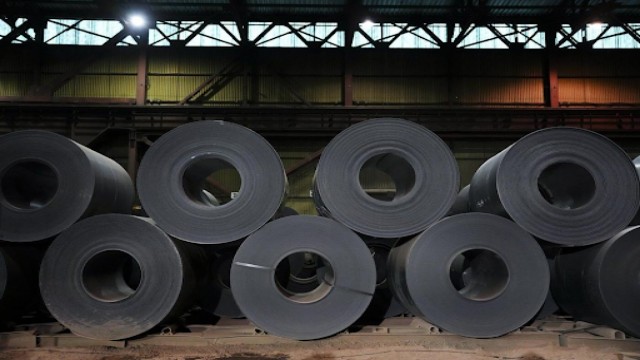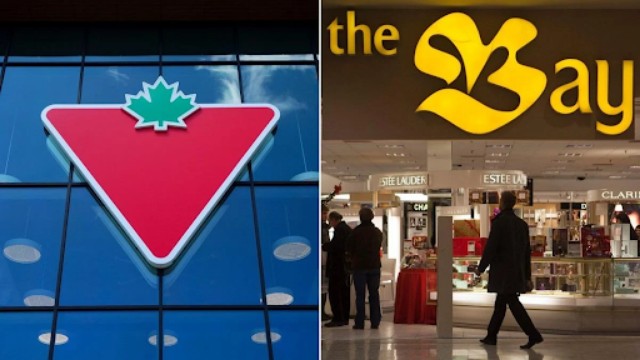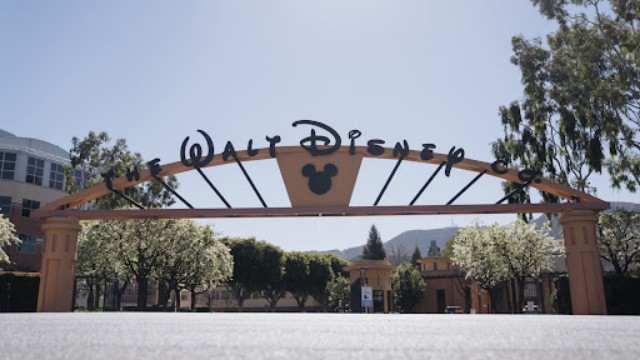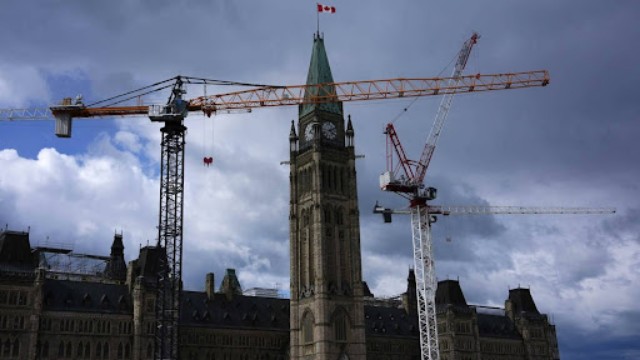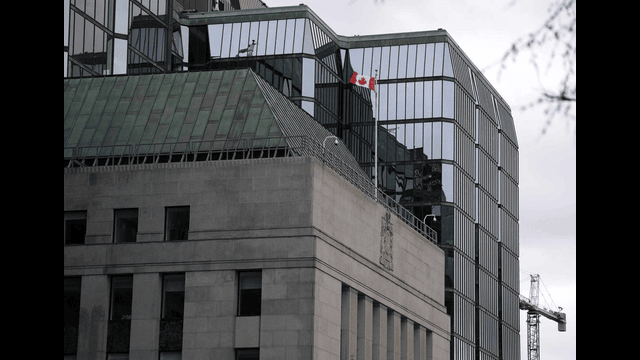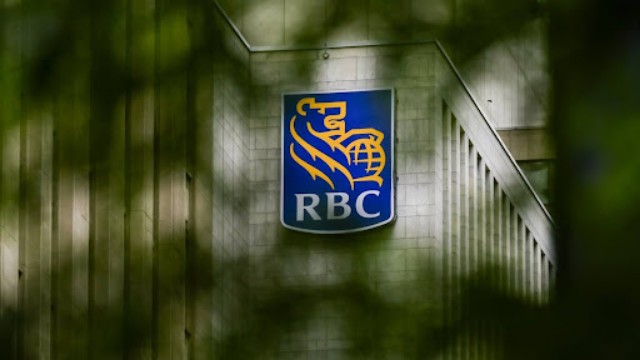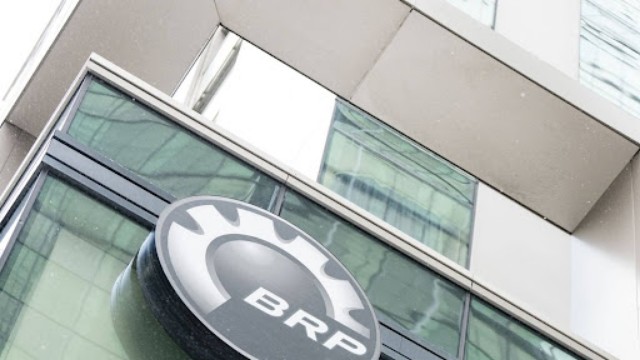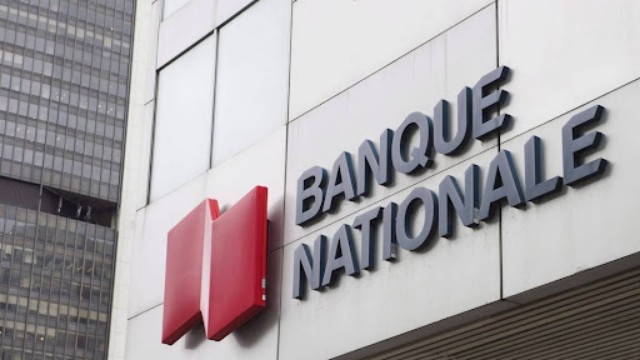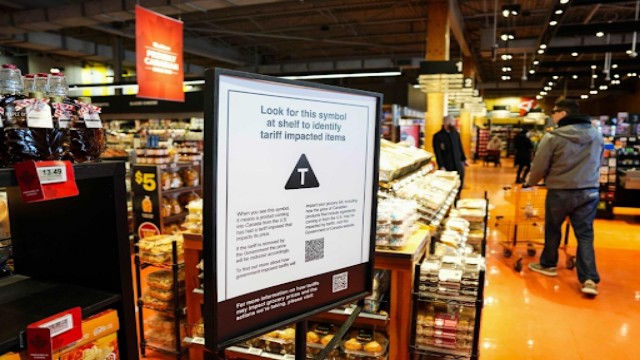
A photo of the U.S. Food and Drug Administration campus in Silver Spring, Maryland, taken on October 14, 2015. (AP Photo/Andrew Harnik, File)
Grocery prices in Canada might soon jump again, warns Per Bank, CEO of Loblaw Companies Ltd. The reason? Products that were stocked before new tariffs kicked in are running out, and the fresh shipments will carry extra costs.
Loblaw has already marked over 1,000 items in its stores as “tariff-affected.” But that number is expected to triple in the next two weeks and may rise to over 6,000 products in the coming months. That means everyday essentials—especially pantry staples, health and beauty goods, and natural food items—could soon cost more.
In a LinkedIn post on Wednesday, Bank pointed out that while some countries are easing tariff tensions with the U.S., Canada is still caught in the crossfire. “We're heading into a big wave of tariff-related price increases,” he wrote.
However, not all news is grim. Bank noted that Canada's federal government recently made important changes to how tariffs are applied. The most impactful move? Counter-tariffs on many U.S. goods used in Canadian manufacturing—like raw ingredients and packaging—have been paused for six months. For example, if a Canadian company imports U.S. milk to make cheese, that milk won’t face extra charges. But if it's sold directly on shelves, the tariffs still apply.
These changes offer some short-term relief for food producers and retailers. According to Oxford Economics' Tony Stillo, the latest adjustments have essentially paused most of Canada’s counter-tariffs, helping to soften the blow on prices.
Canada had already avoided placing tariffs on essential U.S. produce such as lettuce, recognizing the country's heavy reliance on American-grown vegetables. When tariffs were applied, the focus remained on items with Canadian-made alternatives—such as dairy, poultry, and grains. This way, consumers could switch to homegrown options with less financial strain.
That said, niche imported goods will still take a hit. “If you're looking for a specific aged cheddar from Wisconsin, expect it to cost more,” noted Mike von Massow, food economist at the University of Guelph. He added that while tariffs may not directly affect all items, trade tensions and policy uncertainty can still lead to rising prices across the board.
Loblaw’s decision to be transparent about the price hike has drawn praise from retail experts. Jenna Jacobson, a professor at Toronto Metropolitan University, said that by clearly labelling tariff-affected products, Loblaw is helping customers understand where their money is going. “They’re shifting the blame from the store to broader political issues,” she said.
Still, Jacobson warns that if information isn’t communicated accurately, it could confuse shoppers or erode trust—especially in such a fast-changing situation.
Other grocery chains like Empire Co. Ltd. say they’ve been preparing for this moment by diversifying their suppliers around the world. Meanwhile, Metro Inc. has chosen not to comment.
Despite the federal exemptions, tariffs remain on a wide mix of products—from orange juice and alcohol to uncooked pasta and even guinea fowl in jars. So shoppers should brace themselves—more price tags are likely to climb before they fall.


